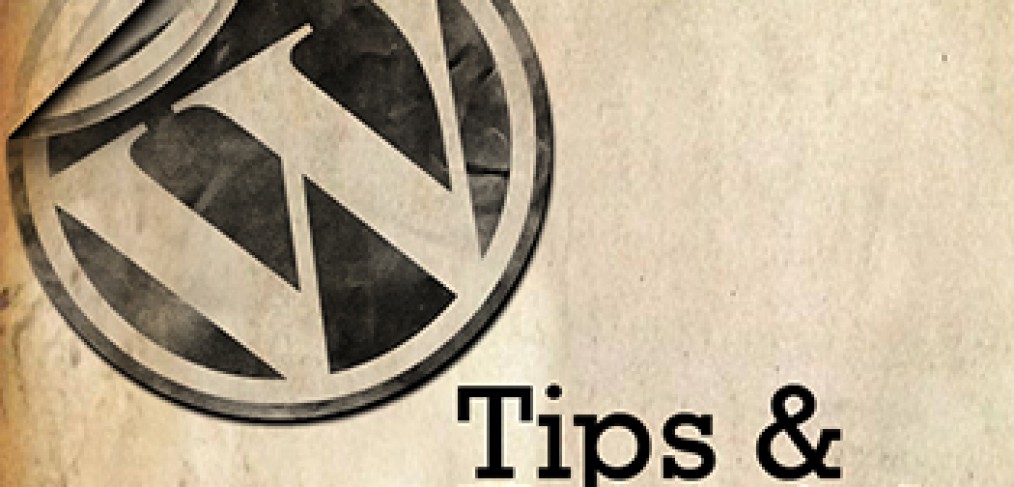
Writing A WordPress Post
Congratulations! Your WordPress website is up and running. Posting in your blog is easy, but it’s absolutely essential that you do it correctly! Invest in about 15 minutes to read through below. Following a few guidelines will make all the difference and increase website traffic.
How To Write & Publish A Post
The thing you’ll probably be doing most with WordPress – writing and publishing posts – is covered in this 2 min video tutorial: Write & Publish A WordPress Post >
How To Write A Blog Title
Get your point across and be specific. If people need to read the blog post to understand your title, it’s a bad title. It’s a bad title because if people don’t understand your title, they’ll never reach the blog post you’re sharing. Read this article on great tips: How To Write A Captivating Blog Title >
On another note, be sure to also be consistent in your upper/lower case in your titling. Consistency is essential to branding, and will keep your website looking professional.
Your Blog Will Not Be Read!
Reminder that internet users SCAN your website page, they rarely read it. This is important to catch their attention with headers, bullet points and images.
Add Images!
Use images, especially your highlighted or “featured” image for your blog. You can add an image either from your computer, or search google images for a meaningful image that will catch the audience attention. (be sure to credit the photo if you are using it). A word of advise, your images do not always have to be literal! Conceptual images or “story telling” images can make your post more engaging.
When uploading a photo, be sure to fill out the “Alt Text” field for photos. Alternative text (“alt-text”) is descriptive text added to an image. This is different then the title. This text is read by special screen-reading software that describes the page to individuals who may have vision difficulties. Read more here: How to add alt-text to images >
Use Outbound Links!
Links which are pointing to some other domain from your site, are called outbound links. When you are linking out to related domains, it not only helps in search engine understanding your niche but also helps in increasing the trust and quality of your site. They plays a vital role in blog’s SEO.
Under Creative Commons License: Attribution No Derivatives



